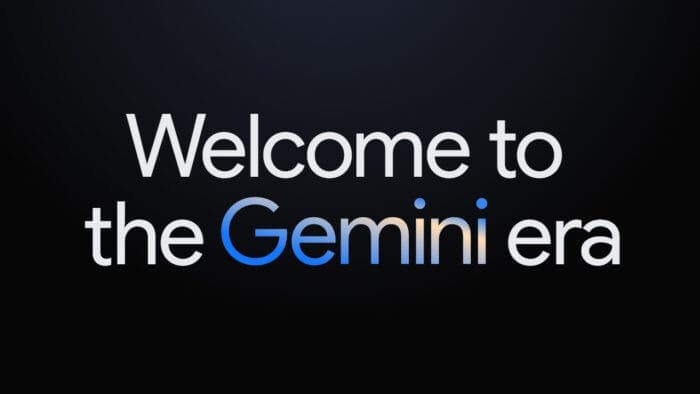Google has always been an “AI-first company” for a long time now. However, its initial efforts to make a breakthrough with Bard have not been successful. Well, it seems Google is now ready to make the biggest move. It has rolled out Google Gemini, which, the CEO Sundar Pichai says, “is the beginning of a new era of AI.”
Google Gemini AI was first teased by Pichai at the I/O conference. Yes, it’s the event that took place in June of this year. With this release, AI will have a significant impact on almost all of Google’s products.. But what exactly is it? And what are the different versions of it? Keep on reading to find out all that you need to know.
What is Google Gemini AI?
At the core, Google Gemini AI is a brand-new powerful artificial intelligence model from Google. It can understand not only text but also videos, audio, and images. Google describes that this multimodal model is capable of completing complex tasks.
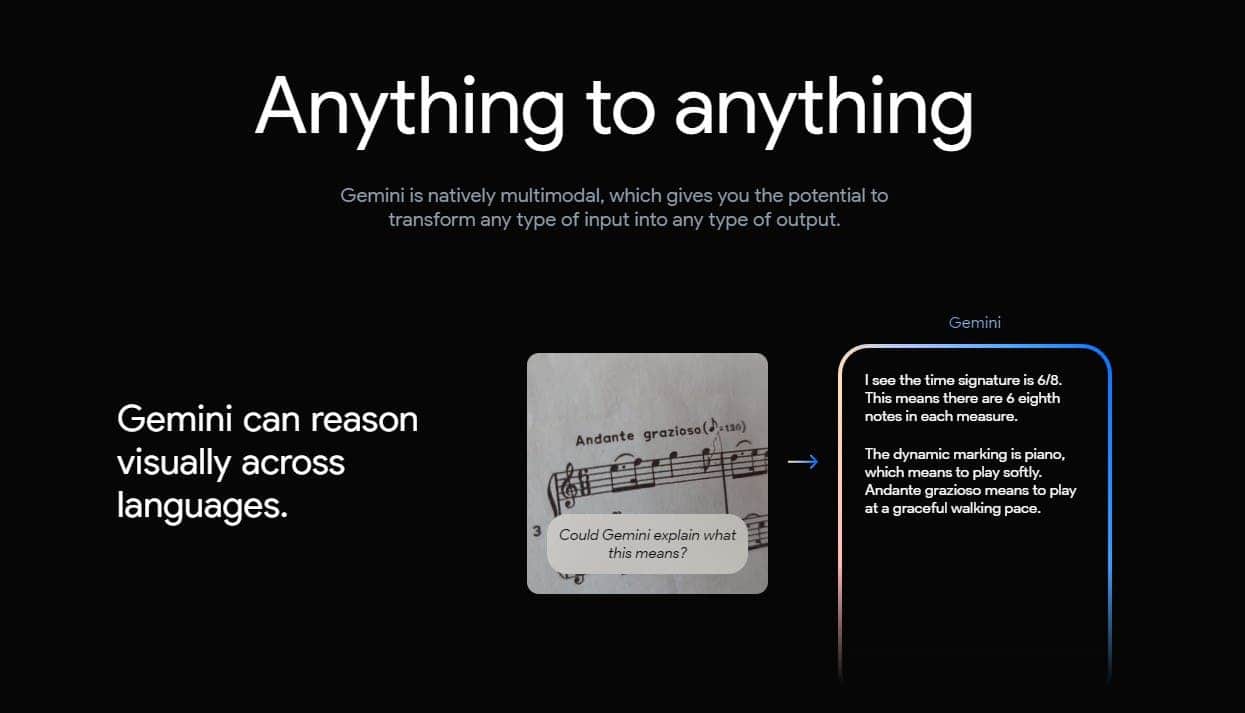
That includes understanding and generating high-quality code. And the great part is that it can do that in different programming languages. Google Gemini AI can also complete intricate tasks revolving around physics, math, and other areas.
Google describes that Gemini was built “from the ground up to be multimodal.” That means it can “generalize and seamlessly understand, operate across, and combine different types of information.”
Who’s Behind This Multimodal AI?
The CEO and co-founder of Google DeepMind, Dennis Hassabis, says, “Gemini is the result of large-scale collaborative efforts.” This mega project came into existence through the collaboration between Google Research, Google DeepMind, Google, and Alphabet.
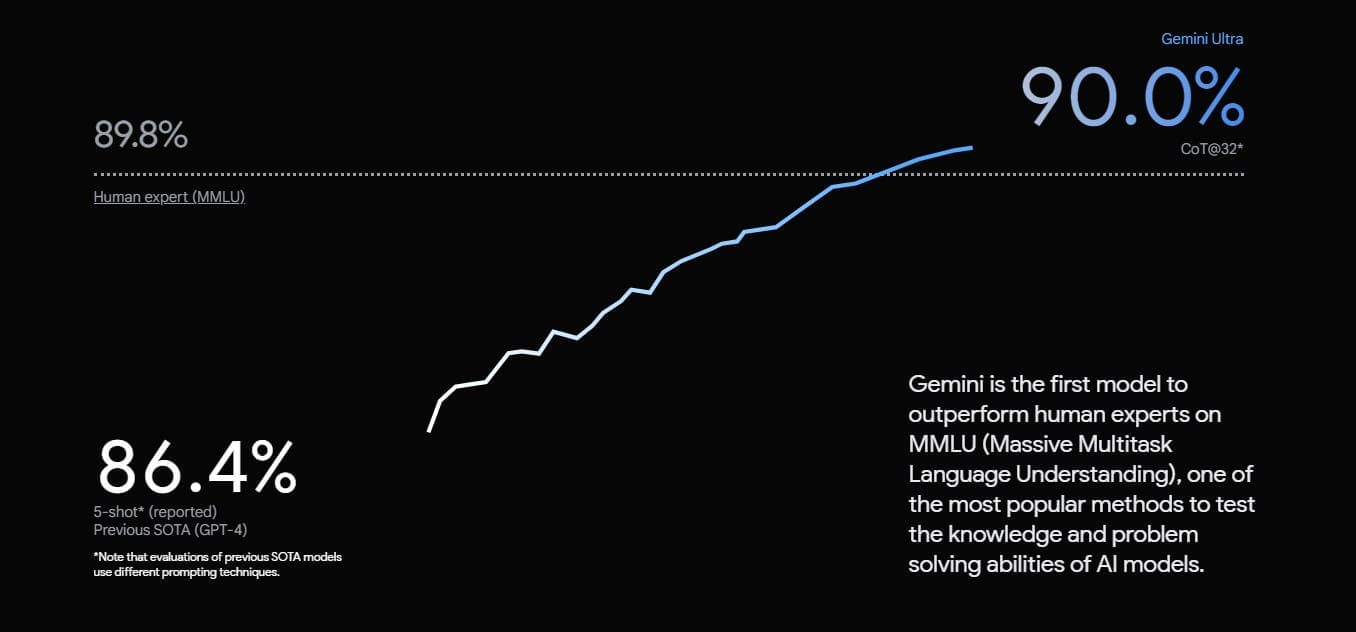
Different Versions of Google Gemini AI
Google says that Gemini AI is a flexible model that can run on pretty much anything. This ranges from Google’s data centers to mobile devices. To get this level of scalability, Google released the AI model in three different sizes. They are:
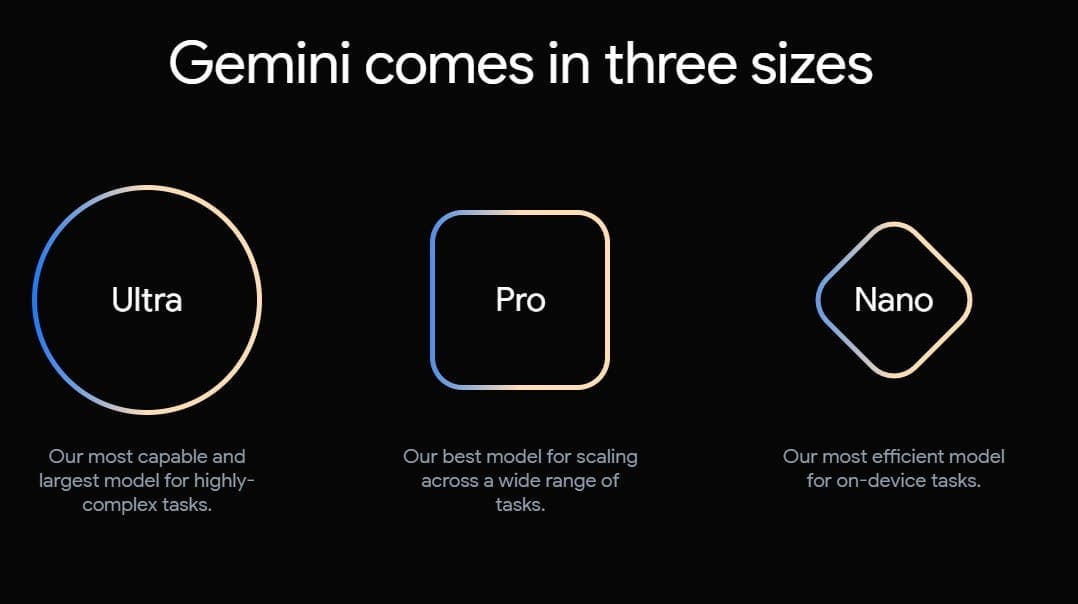
Gemini Nano
As the name suggests, Gemini Nano is the smallest form of the AI model. Google designed it for smartphones, which will be powering the on-device AI applications. As a model that’s designed to perform on-device tasks, it prioritizes efficiency than anything else.
Also, the Google Gemini Nano is for applications that don’t require a connection to external servers. For example, it can offer text suggestions or summarize a text.
Gemini Pro
Google Gemini Pro is currently running on Google’s data centers. This model is powering the latest version of Google’s AI Chatbot, Google Bard. And as an upgraded version, it can deliver responses faster. Also, this variant of the AI model can understand complex queries.
Gemini Ultra
Even though Gemini Ultra is not available for widespread use, Google says it’s the most capable model. It can exceed the “current state-of-the-art results on 30 of the 32 widely-used academic benchmarks.” Google designed it for handling highly complex tasks. And it will be soon out after Google is done with the testing phase.
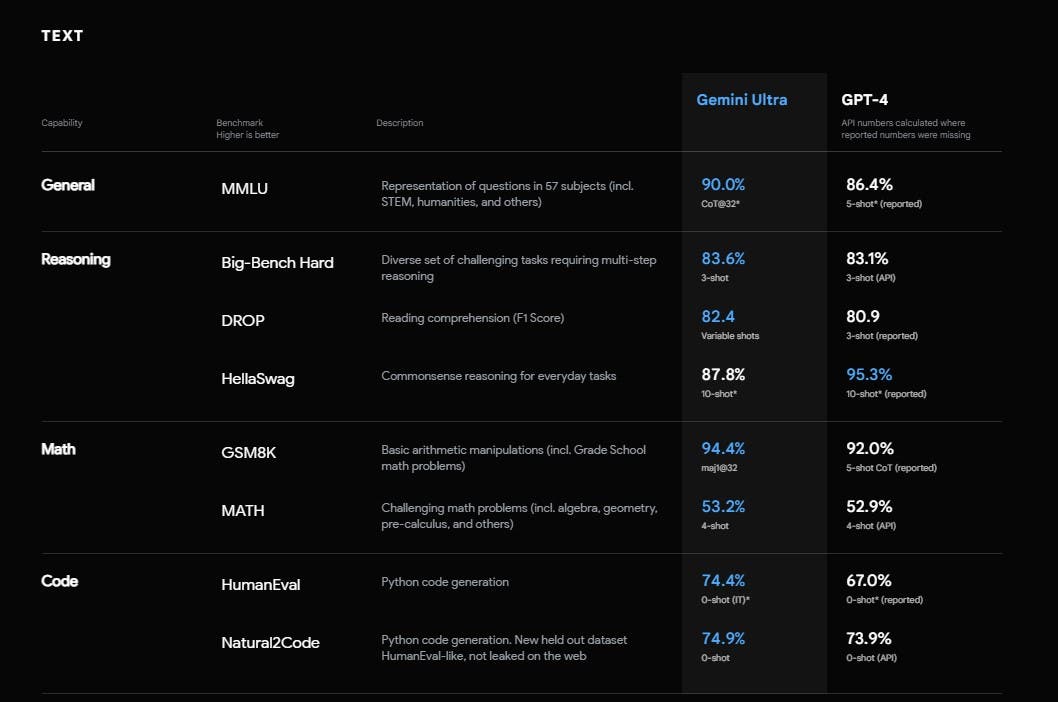
How Can You Use Google Gemini?
Google Gemini Nano and Pro is now available on Google products. Users can find the Nano on Google Pixel 8 devices, while the Pro variant is currently available on Google Bard. Google has plans to integrate it into Ads, Chrome, Search, and other services throughout the time.
Enterprise customers and developers can access Gemini Pro through Gemini API. It will be available in Google Cloud Vertex AI and Google’s AI Studio starting on December 13. Android developers can access Nano through AICore. You can learn more about the AI and the use cases on the official site (link).

